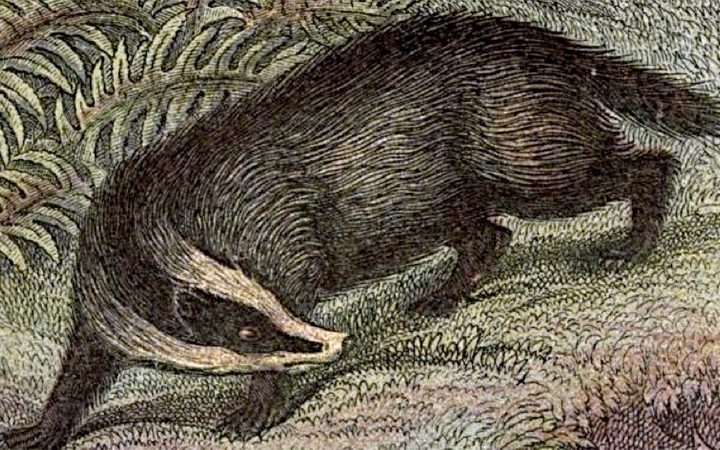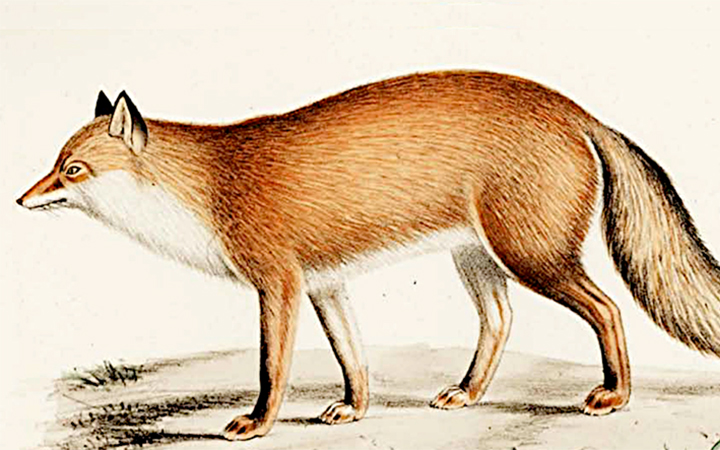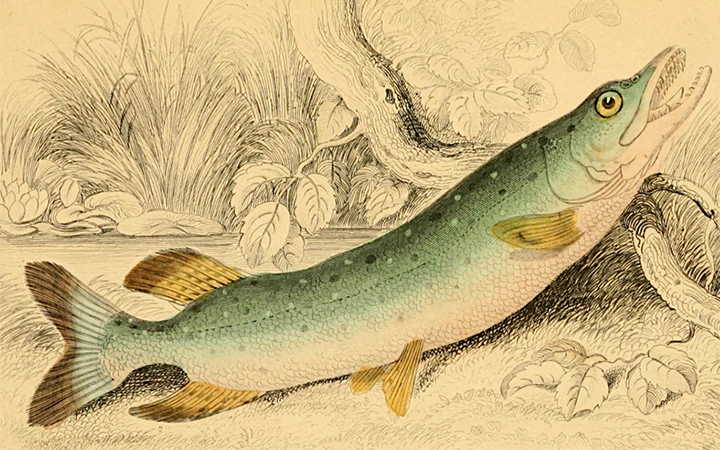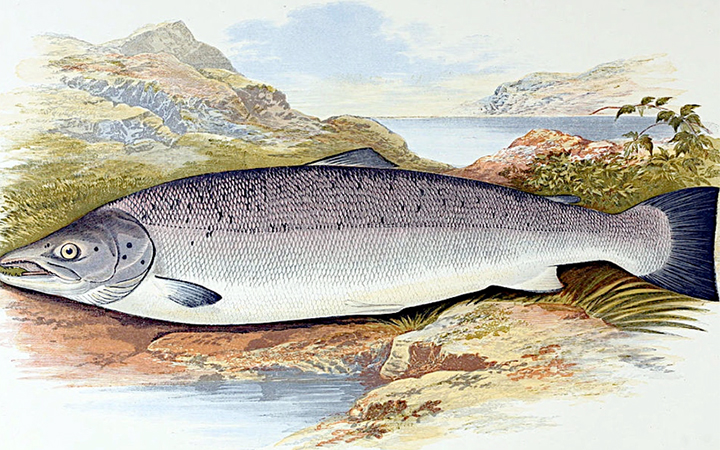Chordata

Common Raven
Corvus corax


2 POINTS
Play: The Raven has a FLIGHT of 2.
Fact: Some remarkable feats of problem-solving have been observed in the species, leading to the belief that it is highly intelligent

European Badger
Meles meles


4 POINTS
Play: The European Badger has a MOVE of 2.
Fact:The European Badger can become torpid (a kind of temporary hibernation) for two or so days at a time.

Red Fox
Vulpes vulpes


1 POINTS
Play: The Red Fox has a MOVE of 2. Can also be played on Urban.
Fact: THe earliest fossil specimens of V.vulpules were uncovered in Barany, Hungary dating from between 3.4 and 1.8 million years ago.

Blue Tit
Cyanistes caeruleus


3 POINTS
Play: The Blue Tit has a FLIGHT of 2. Can be played next to any TERRAIN.
Fact: While most authorities treat the Blue Tit as a subgenus of Paras, the British Omithologists’ Union treats Cyanistes as a distinct genus.

Northern Pike
Esox lucius


9 POINTS
Play: The Northern Pike has a MOVE of 2.
Fact: The Northern Pike gets its name from its resemblance to the pole-weapon known as the pike (from the Middle English for pointed).

Atlantic Salmon
Salmo salar


7 POINTS
Play: The Atlantic Salmon has a MOVE of 2 and can feed on ZOOPLANKTON.
Fact: Human activities (overfishing and habitat change) have heavily damaged salmon populations across their range.